A tense and harrowing tale about intolerance that reflects modern real-world horrors, “The Hole in the Fence” will chill you to your core.
The Hole In The Fence is a Mexican-Polish Drama/ Thriller by director Joaquin Del Paso (Panamerican Machinery, Cobarde), written by Del Paso and Lucy Pawlak (Panamerican Machinery, Holding).
It’s a rarity for films that have been nominated for many awards (The Hole In The Fence was also selected for Venice Film Festival’s Best Film category, 2023) to shed such a frighteningly realistic light on religious indoctrination, but Del Paso does so with his thought-provoking and midnight-dark Drama.
The plot centers on an elite, private religious school for boys who visit a postcard-esque religious summer camp deep within the Mexican countryside along with their teachers and camp counselors.
The children form the cream of the ‘’Mexican Elite’’ and hail from predominantly white, privileged backgrounds, whereas the town they are visiting is purportedly poor and inhabited by desperate, primitive villagers (according to the adults)
The teachers take deep pleasure in planting these seeds within the minds of the children: they reiterate time and again how the boys must NEVER cross the fence which borders their camp because the local villagers are dangerous and are devoid of God’s presence in their lives.
Today, there is a brutal division of wealth in Mexico as a nation, where the middle-class elite earn 78.7% while the ‘bottom’ 50% of earners take home –0.2% (Teresa Romero: Statista.com), meaning that their debts greatly outweigh their assets. The rich flourish while the poor suffer and starve.
Whilst classism and racism obviously play essential roles in the grooming of the young boys onscreen, a more insidious power contributes to the deconstruction of the boys’ already anorexic ethics: religious grooming.
The notion of treating humans as ‘other’ or ‘less than’ because of their ethnicity, sexuality, or because of their differing faith is a recurring theme in Del Paso’s narrative.
Children are pitted against one another for their differences, and a cruel pecking order is readily established. The teachers instill in the children that all they need to survive in life is ‘’oxygen, water, food, self-defense, money, and Jesus.’’ These qualities are reinforced in the boys daily through forced group activities such as prayer, construction work, and in disturbing cult-like activities, which the adults frame as ‘’games.’’
Essentially, the boys are forced into manual slave labor daily as they each vie for the blessing of their teachers, who lavish in the sun and consume elaborate breakfasts.
This is a dogmatic society built on the hierarchal abuse of children whom the adults deem ‘lesser than’ themselves, which cleverly mirrors the hierarchy of wealth and status seen across Mexico today.
There are strong themes of voyeurism and consent. The adults are seen observing the children during regular intervals, and I was reminded of that archaic saying, ‘’Children should be seen and not heard.’’
The film has an extremely voyeuristic feel in and of itself.
As an audience, we are privy to a world that feels alien to our own life experiences because we can see through the polished veneer which belies a rotten core.
Paranoia sets in amongst the boys when, during an excursion, they find a hole in the fence that separates their camp from the predominantly poor village lying just beyond — representing a schism in the shield of their protective privilege.
When fear envelops the boys, they begin to splinter into small groups.
They form alliances and establish a cruel hierarchy of their own, resulting in the more vulnerable members of the class, such as the disabled kid and a dark-skinned boy, being outcasts and dehumanized.
Bullying quickly escalates into abuse, and the teachers actively reinforce toxic masculinity as they punish the ‘weak’ (bullied) and reward the ‘strong’ (bullies).
The Hole In The Fence deals with some disturbing themes, and when the pupils regress into primitive reprobates akin to the doomed classmates of Lord Of The Flies, gratuity is dropped in favor of subtlety. Heinous acts of abuse are implied, and the camera tastefully pans away instead of explicitly showing us anything tangible.
Del Paso strikes a delicate balance in what he chooses to show.
This adds to the overall tone of feeling like a Voyeur who is observing something which we were not meant to see while also steering the production clear of exploitation territory.
The film still packs a powerful punch as we witness the visceral cruelty handled so casually by the young boys.
Meanwhile, their puppeteers cajole them into further escalating their vicious behavior.
This is a cautionary tale about the toxic qualities which we instill in our young men and boys by not allowing them to show any emotions other than anger and reinforcing that empathy is a weakness. The most disturbing aspect of the film for me was the utter disregard for kindness and understanding, which permeated every vile character like an infection.
Stylistically, The Hole In The Fence is stunning to witness.
The sprawling, idyllic vistas appear as though ripped from the pages of a Hans Christian Anderson book. Cinematographer Alfonso Herrera Salcedo (A Love Song) beautifully encapsulates the aesthetics of pure Fairytale: lush, green meadows swathed with wildflowers bathed beneath azure skies as birds chirp and sheep flock.
The cinematography echoes imagery in The Wicker Man or Midsommar and cleverly reflects a cult-like vibe that mirrors the film’s themes of obedient reverence and absolute compliance.
Salcedo lingers upon shots of innocent animals as heinous acts occur offscreen to children.
The juxtaposition of innocence clashing with cruelty may feel a little obvious.
Yet, these touches feel deliberate as they serve to distract us from the encroaching plot twists which Del Paso has lying in wait.
The teacher’s chosen school uniform for the boys is Totalitarian in aesthetics. It closely resembles a Fascist uniform or the robes of a cult, and the boys are only made to wear it when in public performing gracious acts- the notion of being seen as charitable outweighs the importance of performing charity.
The sound design is also rich and impactful.
The sounds of the boys slurping ice cream feel heightened and invasive, resulting in annoyance from the viewer. We are invited to share the disgust exhibited towards the youths with the adults onscreen.
The sound heightens the visceral acts, and the ethereal score is created by Kyle Dixon and Michael Stein (Stranger Things OST)
Tense scenes feature very little music and instead employ a low keening sound which contributes to our anxiety, whereas cinematic shots of the Utopia are accompanied by hypnotic, Psychedelic soundscapes intended to seduce and lull us into false security.
The acting is solid, and a few of the children, in particular, stand out: Joaquincito (played by Lucciano Kurti) is singled out for his mature sensitivity, and Jordi (played by Trans actor Valeria Lamm) is bullied into heterosexual compliance resulting in a dark change in character.
The Hole In The Fence is a tense, uncomfortable ride.
This is particularly the case for those of us who may have experienced bullying or abuse in our own lives.
Its narrative holds a mirror against our own core values and asks us what we would do in these desperate situations if we had our autonomy and power torn away.
The film shares connective tissue with several films, like the aforementioned Midsommar and Lord of the Flies, as well The Village and The Wave (Die Welle). Still, it manages to present a uniquely Latino spin on the creepy Cult trope.
Joaquin Del Paso serves a stark warning to the privileged elite, and his film is a rallying call to Indigenous Mexican youth who question what their cultural religion tries to implant into their young psyches.
Whether or not God is real is irrelevant but ask yourself this: if God were to peer closely at how you treat others, would he avert his gaze?
The Hole In The Fence feels like it COULD happen — that it likely is happening in the world as you read this; therein lies its power to affect its audience long after the credits roll.


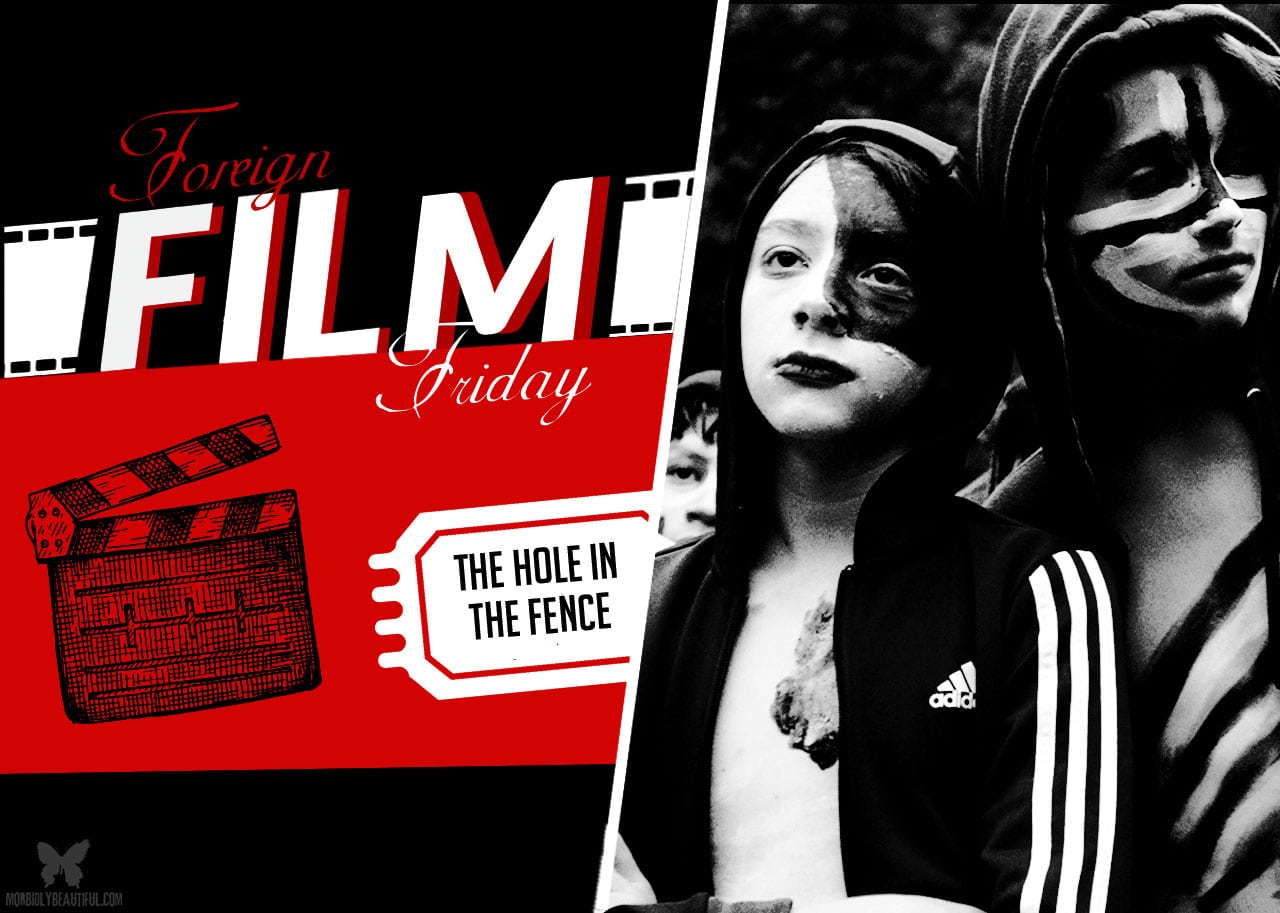
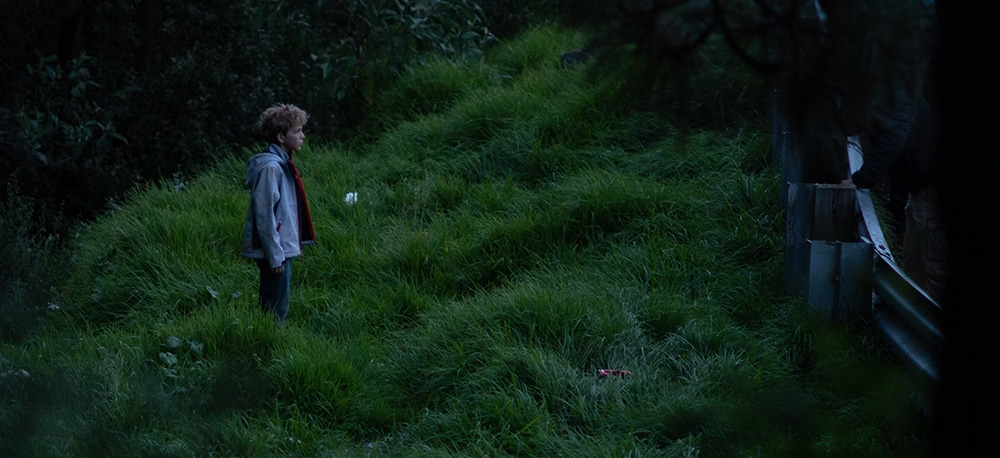
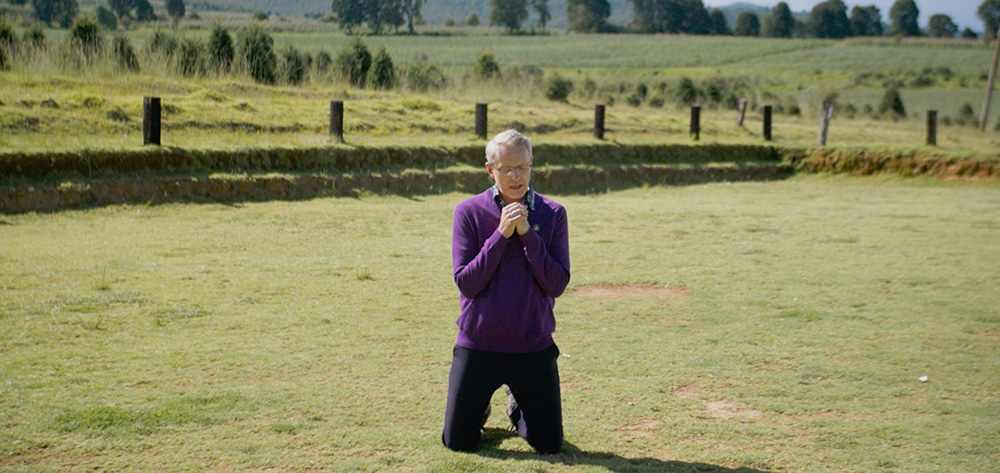
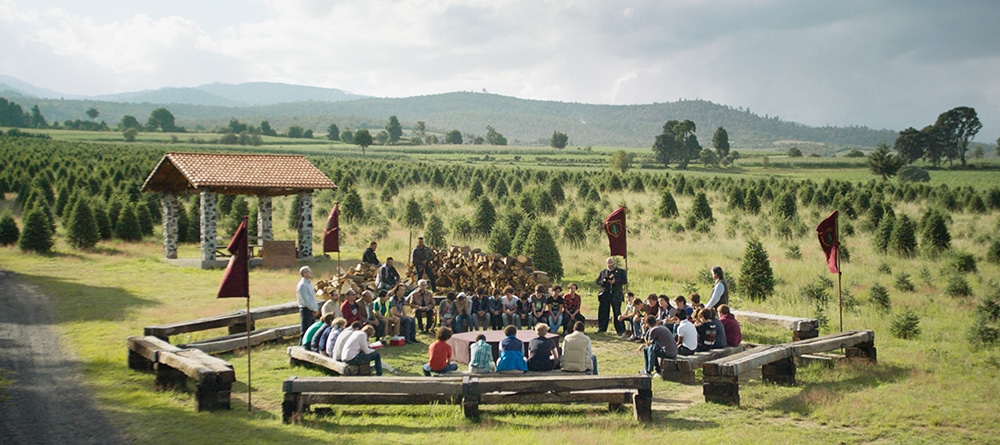
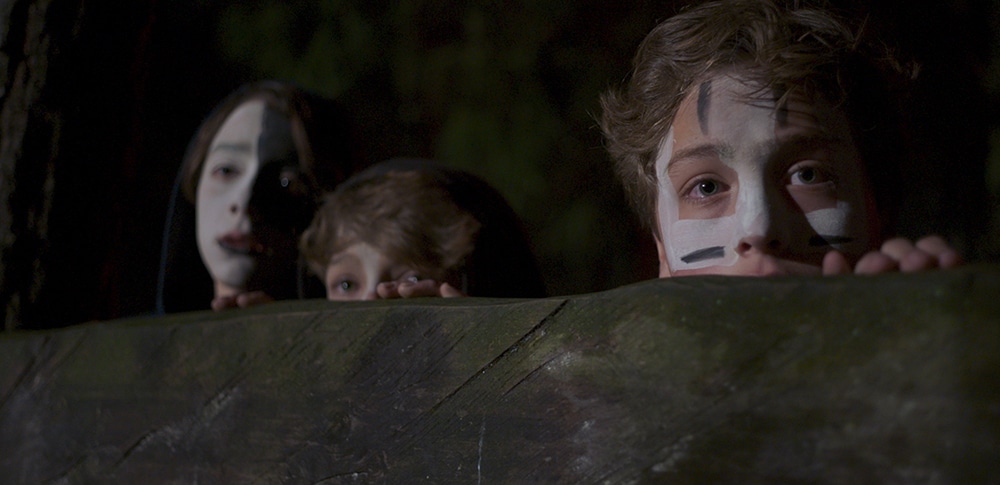
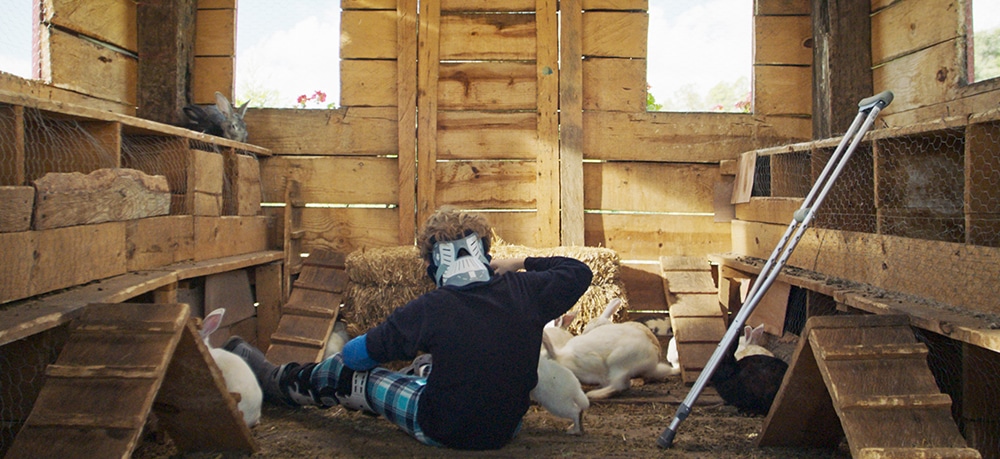
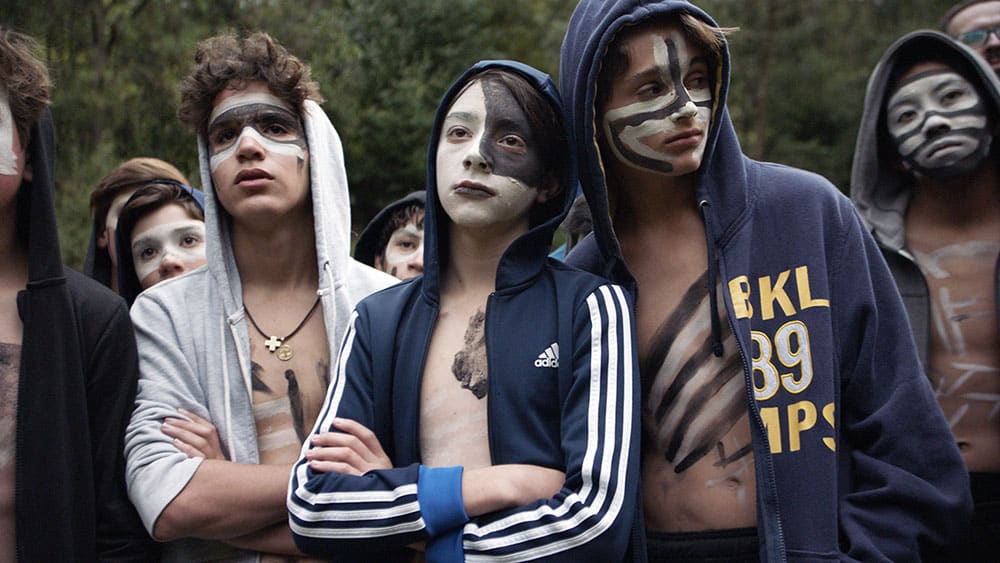
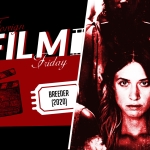
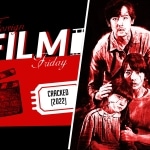









Follow Us!